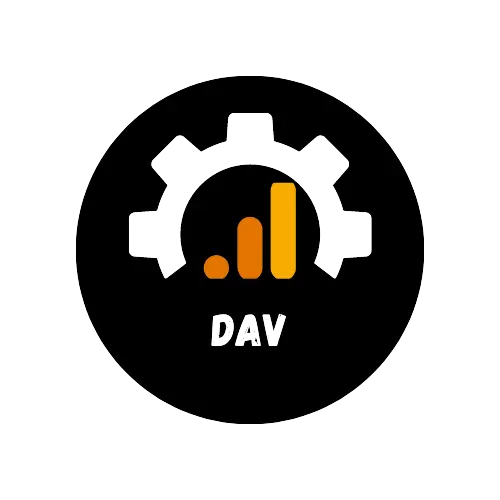
The Ultimate Guide to SEO Ranking Factors: Boost Your Website's Visibility
Are you struggling to improve your website’s visibility on search engines? Have you ever wondered why your competitors seem to dominate the search results, while your site remains buried on page two or three? It can be mystifying, and the answer often lies in the intricate world of SEO ranking factors.
In today’s digital landscape, having a stunning website isn’t enough. With millions of websites vying for attention, understanding the intricacies of search engine optimization (SEO) is crucial for driving traffic and gaining that competitive edge. From keyword usage to backlinks and user experience, the numerous factors at play can leave even seasoned marketers feeling overwhelmed. Each change in Google’s algorithm can shake up the rankings, leaving many wondering how to stay ahead of the game.
To thrive in this competitive arena, you need a solid grasp of the fundamental SEO ranking factors that influence your website’s position in search results. Implementing these strategies requires more than just basic knowledge—it demands a comprehensive approach that combines technical prowess, content quality, and user engagement. In this ultimate guide, we will dissect the key factors that can significantly boost your website’s visibility and help you stand out in search results, ensuring you’re not just another face in the digital crowd. Let’s dive in!
Quality Content
At the core of effective SEO is high-quality content. Producing informative, engaging, and relevant material not only keeps users on your site longer but also encourages shares and backlinks. Here are ways to enhance your content quality:
Keyword Research: Understand the language and queries of your target audience to align your content with their needs.
Value-Driven Material: Create content that addresses your audience’s pain points or interests directly.
Diverse Formats: Incorporate various formats like articles, videos, and infographics to appeal to different user preferences.
On-Page SEO Optimization
On-page SEO encompasses the elements you can control on your website. Key components include:
Title Tags & Meta Descriptions: Craft concise and descriptive tags that include relevant keywords, keeping within optimal character limits.
Header Tags (H1, H2, H3): Organize your content logically using headers, ensuring they contain pertinent keywords for improved relevance
Keyword Placement: Incorporate various formats like articles, videos, and infographics to appeal to different user preferences.
Mobile-Friendliness
As mobile usage continues to skyrocket, having a responsive web design is essential. Google prioritizes mobile-first indexing, meaning your ranking may depend primarily on your mobile site. To enhance mobile-friendliness
Responsive Web Design: Ensure your site adjusts smoothly across devices and screen sizes.
Optimize Load Speeds: Enhance mobile page speeds using techniques such as lazy loading and image optimization.
User Navigation: Simplify navigation for mobile users to improve their browsing experience.
Page Speed
Page speed is crucial for both user experience and SEO. A slow site can deter visitors and hurt rankings. Improve your page speed with these strategies.
Image Optimization: Compress images without losing quality to facilitate faster loading times.
Browser Caching: Enable caching to serve existing visitors faster by storing previously accessed resources.
Use CDNs: Implement Content Delivery Networks to distribute your content globally, accelerating access speeds.
Backlinks
Backlinks are an essential element of SEO, acting as endorsements from other sites. A robust backlink profile can elevate your site’s authority. Strategies to acquire backlinks include:
Creating Linkable Content: Compress images without losing quality to facilitate faster loading times.
Guest Blogging: Write articles for other reputable blogs to generate backlinks and exposure.
Broken Link Outreach: Identify dead links on other websites and propose your content as a helpful replacement.
User Experience (UX)
User experience plays a pivotal role in retaining visitors and improving engagement metrics. Enhancing UX will contribute to better SEO rankings. Consider the following for optimal UX
Creating Linkable Content: Compress images without losing quality to facilitate faster loading times.
Guest Blogging: Write articles for other reputable blogs to generate backlinks and exposure.
Broken Link Outreach: Identify dead links on other websites and propose your content as a helpful replacement.
Technical SEO
Implement structured data markup for rich snippets.
Regularly check for crawl errors using tools like Google Search Console.
Social Signals
Encourage social sharing of your content to increase visibility and traffic.
Local SEO (if applicable)
Optimize Google My Business listing and local citations if targeting local audiences
Regular Updates & Maintenance
Keep your website updated with fresh content and regular audits to fix any issues promptly.
By focusing on these key factors consistently over time, you can improve your website’s visibility in search engine results pages (SERPs) and drive more organic traffic to your site.
